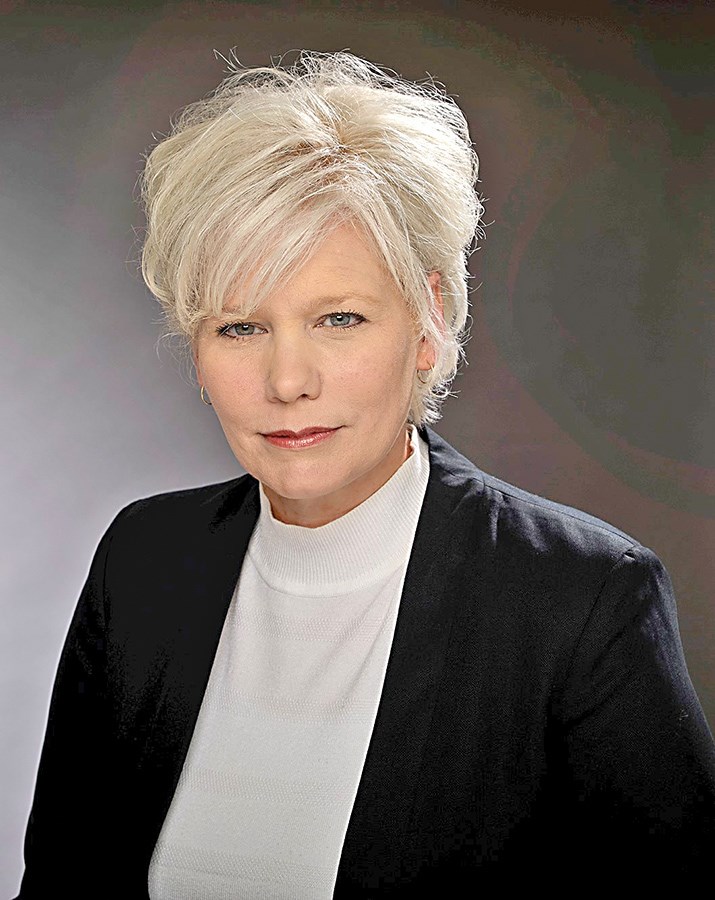Could you tell me if it is a good idea to get a RRSP loan from my bank? Does the loan have to be used specifically for a RRSP?
Thanks, Jason
Dear Jason – RRSP Saver!
RRSP loans are tricky and I’m afraid they are indeed only for the purpose of a future RRSP investment. All Tier 1 banks in Canada have RRSP loans and will encourage you to take one to maximize your contributions at this time of year. The first payment on the loan is usually deferred in order to provide clients the opportunity to use their tax refund to lower the outstanding balance. Payments for the loan must be completed within one year and therefore are not like a typical loan that you can pay over a 3 to 5 year term. Most banks will offer a special discounted rate for your new RRSP loan which will be better than other loan options. As far as getting the funds, the banks will ensure the money is directed into a registered investment account, (mostly likely within their bank) and you will not have access to these funds to use for anything other than a true RRSP investment.
There are many people who choose to use RRSP loans every year to increase their future savings and it is indeed a good idea. The interest you pay on the loan is a legitimate tax write off and it forces you to pay off the loan within the year, similar to you setting up a monthly savings program. The only drawback to contributing this way, is you generally apply the full lump sum to your investment portfolio every year and typically purchase stocks, bonds or mutual funds at whatever the price is when you make the contribution. This runs the risk of purchasing stock at inflated prices and negates the effects of borrowing to invest. There have been many studies over the years that show lump sum investments tend to not be as advantageous as making a monthly contribution and taking advantage of dollar cost averaging.
Dollar cost averaging is when you invest on a regular basis, say every two weeks or every month, the same amount, into a stock portfolio. This continuous investment strategy is designed to reduce the volatility of the stock market prices and has been proven over time to lower your total average cost per share of your investment.
Whatever you choose to do Jason, it is great that you are saving for your future. Good Job!
Don’t forget to be also saving into your TFSA since this is a true tax-free investment. The maximum contribution to your TFSA this year is $6,000 and the total contribution is $63,500.
Good Luck and Best Wishes,
Money Lady

Written by Christine Ibbotson, Author of “How to Retire Debt Free and Wealthy.” If you have a money question, please email on my website at: www.askthemoneylady.ca Follow on Facebook and Instagram




